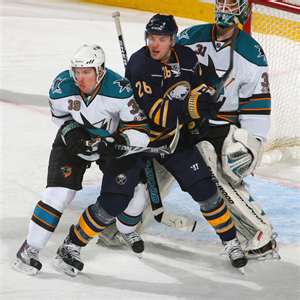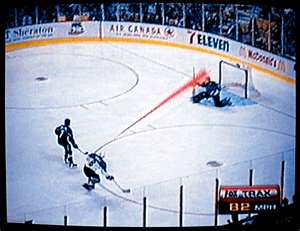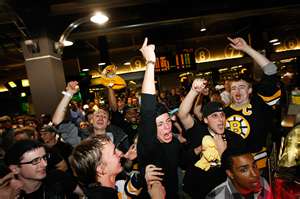 If any major sport has an attractive regional TV ratings upside independent of overall team performance, hockey does. . . And if any sport suffers from the gap between its live event electricity and its TV viewing experience, hockey does.
If any major sport has an attractive regional TV ratings upside independent of overall team performance, hockey does. . . And if any sport suffers from the gap between its live event electricity and its TV viewing experience, hockey does.
So “what’s new?” you ask.
There is a proven low tech way to move the needle that requires visionary management, hockey/marketing operations collaboration and a modest investment with significant ROI.
We accomplished that, having developed, tested and confirmed the impact of the Viewership Stimulation Lab(VSL) with an NHL club client. The result was a 178% increase in viewership frequency, a 2.3 regional share point gain with the test audience of 200+ households.
Should make an owner or CEO wonder, “How much is a local share point worth to us on the ad/sponsorship revenue/media rights line?” . . . $500,000, $1,000,000, more? “If it was my construction or technology company, there is certainly a sizable investment I would be willing to make to add $500k-$1MM+ annually to the bottom line.”
Efforts to boost viewership have usually been initiated by the national networks and local carriers, e.g., the “Peter Puck” animation used by NBC and CBC in the 70s, the Fox Trax
the “Peter Puck” animation used by NBC and CBC in the 70s, the Fox Trax  glowing puck deployed in the 90s, more/ overhead cameras by many, more behind-the-scenes content by others.
glowing puck deployed in the 90s, more/ overhead cameras by many, more behind-the-scenes content by others.
With VSL, Clubs can individually and collectively drive the value of their rights and generate incremental revenues for all parties.
 A few of the conclusions from our study included:
A few of the conclusions from our study included:
- Increasing the viewing frequency of light viewers, whether or not they are game attenders, is more cost effective than attracting non-viewers;
- Viewing frequency can be increased across the spectrum of hockey understanding, i.e. neophytes or hard core afficionados;
- A better understanding of women’s hockey learning needs and content flash points, as well as their role in TV/Cable program viewing choices pays handsome dividends and
- Both multi-faceted education with reinforcement and a display of “celebrity” influence viewing behavior.
This is a kernel of what VSL promises the NHL, its clubs and its carriers.